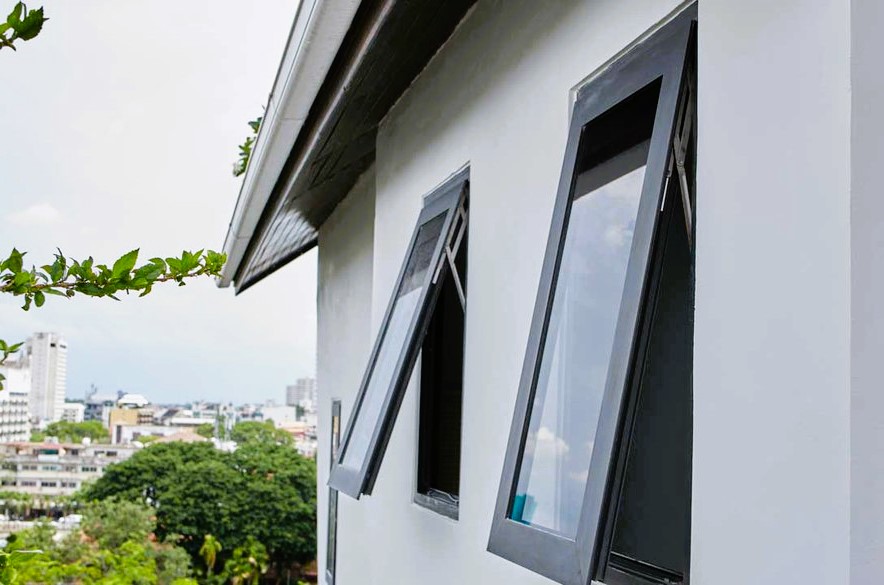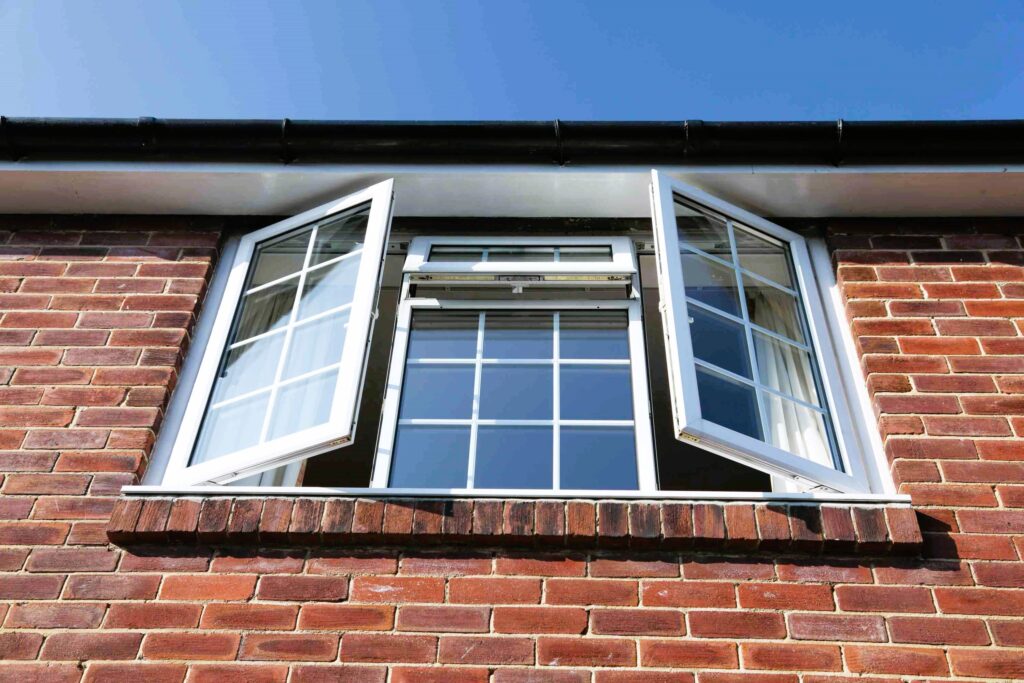When it comes to choosing windows for your home, the options can be overwhelming. Among the many decisions you’ll need to make, one of the key choices is between crank windows and sliding windows. Both styles offer their own set of advantages and considerations, and understanding the differences between them can help you make an informed decision that aligns with your preferences and needs. In this article, we’ll delve into the features, benefits, and standardization aspects of crank and sliding windows.
Crank Windows: Functionality and Features
Crank windows, also known as casement windows, are hinged at the side and open outward with the help of a hand-crank mechanism. This design allows for maximum ventilation control, as you can adjust the angle of the window to catch breezes from different directions. Crank windows are known for their airtight seal when closed, which can enhance energy efficiency by minimizing air leakage.
One of the standout features of crank windows is their unobstructed view. Since these windows typically consist of a single pane of glass, they provide a clear and expansive view of the outdoors. This can be particularly advantageous if you have a picturesque landscape or if you want to maximize natural light intake.
Sliding Windows: Simplicity and Practicality

Sliding windows, also referred to as gliding windows, operate by sliding horizontally along a track. They are available in single-sliding and double-sliding configurations, with one or both sashes sliding open. Sliding windows are known for their simplicity and ease of use. They don’t require any additional space to open, making them an excellent choice for areas with limited exterior space.
One of the notable benefits of sliding windows is their versatility. They can be easily customized in terms of size and configuration, making them suitable for various architectural styles. Sliding windows also provide good ventilation control, as you can partially or fully open one or both sashes to regulate airflow.
Standardization and Guidelines
- Wikipedia: For a comprehensive overview of window types and their features, you can refer to the Wikipedia page on “Window.” This page covers various window styles, including crank and sliding windows, and provides insights into their history, design, and applications.Website: Wikipedia – Window
Choosing Between Crank and Sliding Windows: Factors to Consider

The decision between crank and sliding windows ultimately depends on your priorities and the specific requirements of your space. Here are some factors to consider:
- Ventilation: If optimal ventilation is a priority, crank windows might be the better choice due to their ability to catch breezes from different directions.
- View and Natural Light: For an unobstructed view and abundant natural light, crank windows excel.
- Space Efficiency: Sliding windows are ideal for spaces with limited exterior clearance, as they don’t require additional room to open.
- Customization: Sliding windows offer more flexibility in terms of size and configuration. Create cozy nooks with beautiful views with Window Seats.
Conclusion
In the crank vs sliding windows debate, there’s no one-size-fits-all answer. Both styles have their own set of advantages and considerations, and your decision should be based on your preferences, the architectural characteristics of your home, and the specific needs of each room. By understanding the features and benefits of both options, as well as adhering to relevant standardization guidelines, you can confidently choose the window style that enhances the functionality and aesthetics of your living space.

